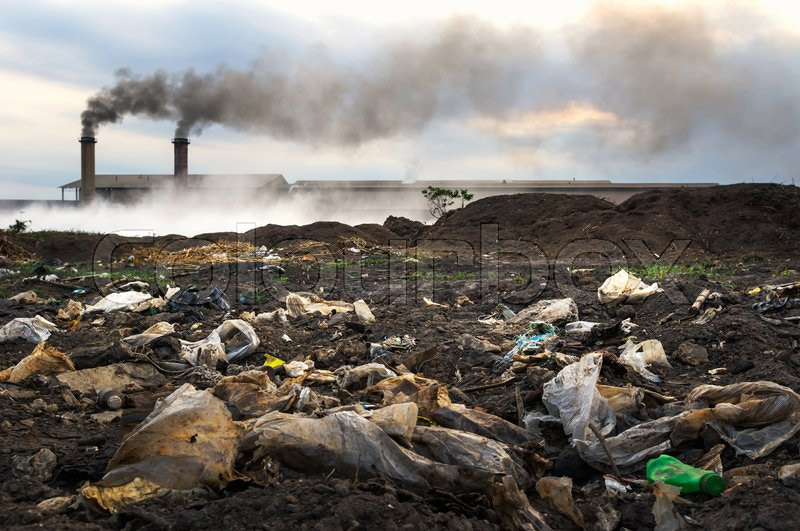
Risks To Clean Water
Water pollution is caused by a variety of pollutants, mostly in the form of chemicals discharged either directly or indirectly into water sources without adequate treatment.
We work to minimize these risks by running your facilities efficiently and within government regulations. We pride ourselves on the quality of our services and our commitment to excellent quality effluent. We carefully monitor plant processes to ensure that we recognize problems before they happen.

Sewage
Improperly treated sewage is the number one cause of pollution on US beaches, according the Environmental Protection Agency. Storm runoff can cause water overflows, untreated or partially treated sewage leaking into clean waterways. Faulty equipment or failure to follow regulations can cause poorly functioning sewage plants to unintentionally release polluted water that does not meet EPA or government standards. Poorly treated or untreated sewage contains microorganisms that can make humans and other animals ill.

Pesticides
The United States farms the most food than any other country in the world. A lot of this food is crops that farmers control using pesticides, which are mainly chemicals. These pesticides can reach water supplies through illegal dumping, irresponsible use and through agricultural runoff. Not only can pesticides run into streams, rivers, ponds, lakes and the ocean, but pesticides can also get into the groundwater, which roughly half of the people in the United States use for drinking water.

Industrial Waste
Industrial waste is any bi-product of industrial facilities, such as automotive shops, factories and nuclear plants. This type of water pollution can put products like lead, arsenic and asbestos into drinking and swimming water. The Environmental Protection Agency tests for and regulates the use of these and other harmful pollutants that the various industries in the United States create.

